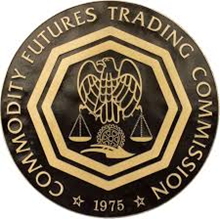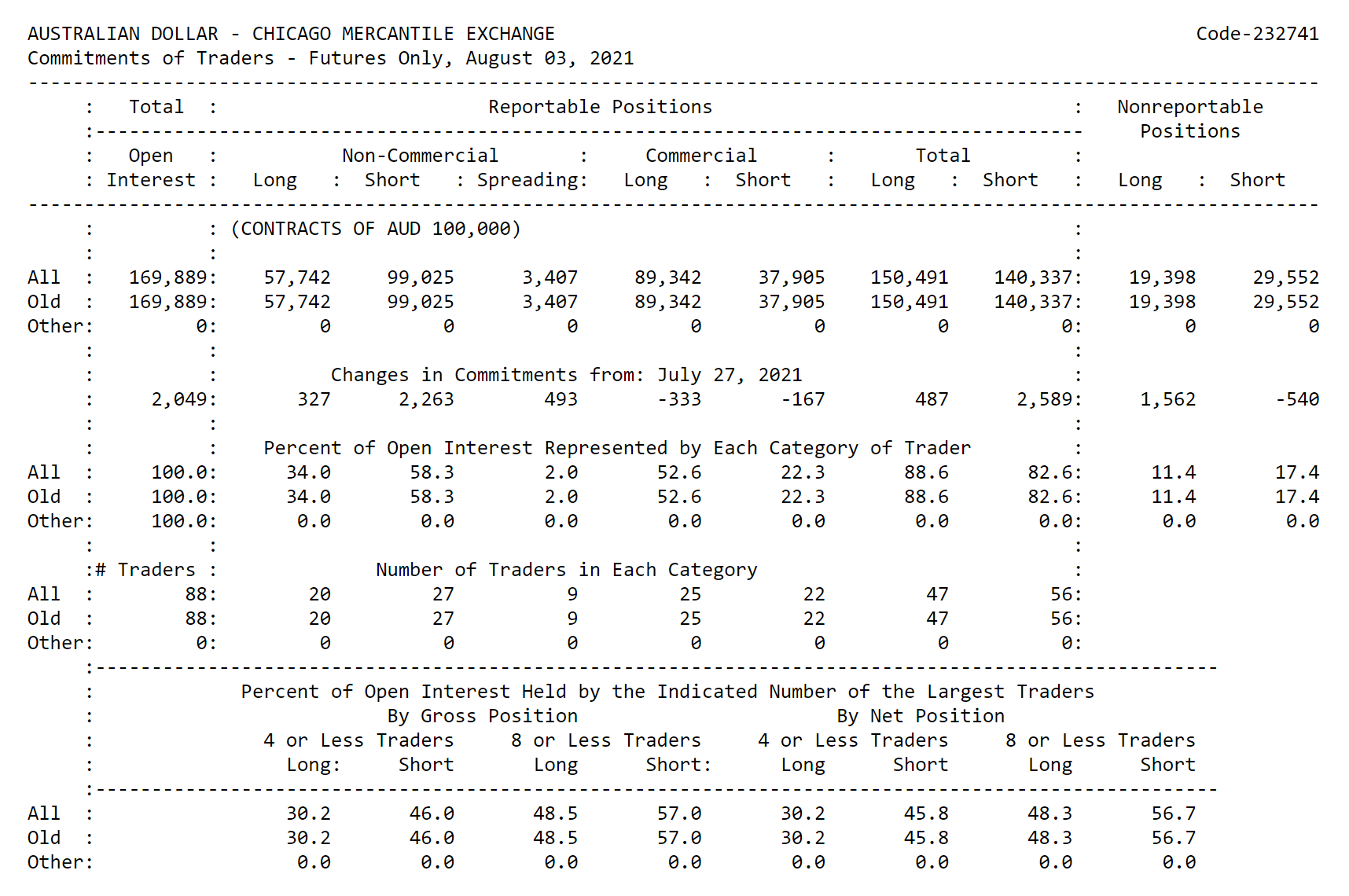An introduction to the Commitments of Traders report

The team here
@MMC regularly get emailed and asked about the
Commitments of Traders and what it is, so we thought we should write a newsletter that would cover all the basics you need to know, so here it is. Its a complex subject but once understood it
can be a very powerful trading tool.
It is a little known fact (among private traders at least) that there are certain markets where traders, by law, have to
register their positions on a weekly basis. Doesn’t sound like a big deal at first, but let’s think about that for a minute. If traders have to register their positions, what would that tell us and what could we do with that information? Let’s start by asking, what are the biggest issues most private traders believe they face when trading, and I am sure the following statements will be in there somewhere.
- You can never beat the banks.
- They can see everything I am doing.
- The market waits until I enter and then goes the other way.
- We don’t have the information the professionals have.
Sound familiar? I’ve certainly heard those statements many times during coaching with clients and to a certain extent they are right, but does it matter? So you don’t have a team of analysts behind you dissecting all the available information, but what if we could skip that step, in fact, what if we
could turn the tables completely and instead of believing they can see everything you were doing, what if you could
see everything they (professionals) were doing? Getting a bit more interesting now isn’t it? Well the fact traders have to register their positions means we can do just that. We don’t need to analyse the information ourselves, we can use COT data
to analyse the traders with the information instead.
The
Commodity Futures Trading Commission (CFTC) releases a new report every Friday at 3:30pm Eastern Time, and the report reflects the commitments of traders (referred to as open interest) as of the close of market on the prior Tuesday. In the report all traders are classified as either
Reportable or Nonreportable. Reportable positions are those that are equal or above the reporting levels for that market established by the CFTC. The reporting levels vary greatly across markets but essentially what this means is that the reportable positions are significant in size so these will be
dominated by Institutions and multinational corporations. The rest will be grouped together as Non-reportable (small/private traders) once these positions have been deducted from the total open interest (open positions). I think it’s a good time to make the point that when looking at COT data, we almost never look at Non-reportable positions as they invariably
never get the direction of the market right.
So what does a report look like? Below is a Futures only, long format report of the Australian Dollar. At first it doesn’t make much sense but take a closer look and you will soon see how the report is divided up. Notice the Reportable and Non-reportable sections and then the subdivision of the Reportable positions into
Non-Commercial and Commercial. I’ll go into the significance of this later.
 Figure 1.0 Australian Dollar Commitments of Traders, Futures only report.
Figure 1.0 Australian Dollar Commitments of Traders, Futures only report.
I won’t at this point go into the detail and meaning of all the numbers but essentially what we can see above is the
number of contracts (Open trades) that were open at the time of
release. So as I pointed out earlier, not only can they see what you are doing but more importantly,
you can see what they are doing.
Now in order to take the first steps to using this data we must first understand the difference between the Non-Commercial and Commercial entities.
Non-commercial (Large Speculators) – these are traders, such as
large private individuals, hedge funds and institutions, who use the markets for speculative purposes and meet the reportable requirements set forth by the CFTC.
Commercial – describes an entity involved in the
production, processing, or merchandising of a commodity, and use futures contracts primarily for hedging. Understanding these two groups is very important as your style of trading will dictate which of these groups you want to follow.
At this point some of you will be thinking, but I don’t trade futures or options so why would I care? Well the answer is simple, no matter what you trade or how you trade it, this information will impact you. Even if you trade ‘
Spot FX’ or the cash market, its pricing is derived from the futures market, so their movement will be very similar. Another
advantage the futures market has over the cash market is that in the cash market we do not have accurate global trading volume. Any of you active in the stock market will know how important volume can be, but that tool is stripped from us in spot FX. Brokers may include volume on their platforms but this will
only include the trades they take on and essentially this is like trying to count how many cars use a particular road but then deciding to only count the red ones. In other words, the figures won’t be reliable.
You may not even trade FX but instead take longer term positions in stocks and have no desire to enter the leveraged markets of futures and options. If so then this longer term, unleveraged methodology can also be applied to the markets covered within the COT report, including FX. The development of
ETF’s in recent years means we can invest in all of these markets just like you would a stock and take a longer term position. As I said earlier,
it will be your trading style that dictates how you analyse the data and which group within the data you decide to follow. A longer term investor will be more interested in Commercial positions whereas a short term trader will be interested in the Non-commercial positions.
To understand why, this is probably a good time to discuss each group’s respective roles in the market. Let’s start by discussing the Non-commercials. If we consider a market in an uptrend, during this time the non-commercials will be adding new or increasing their existing long positions. This makes sense of course; as a market moves up they will always look
to buy it and profit from its continued price increase. This group are known as trend followers and this is the side you will want to be on if you are a short term speculator.
Now let’s discuss the Commercials. This group is vastly different and a little harder to understand but the one thing you must remember is that this group
does not look to profit from the market. They use it to actually buy and sell the commodities being traded, and take delivery of them, which speculators will never do. Another way in which they use the market is to hedge against exposure they have from another market they are involved in. If we consider this group in an uptrend their actions will be very different from the Non-commercials.
As a market rises the commercials will be selling and they won’t be wrong in doing so because they will actually be selling the product at that price and not simply selling and looking for the market to fall and profit, the way a speculator would. This action will continue until such times that this group believes it can’t go much higher and their selling will reach extreme levels as they
try to sell as much of their product before the price falls and a new trend starts in the opposite direction. It is for this reason this group are known as trend enders, and this is the group you will want to follow to
take long term positions in the market.
So this all sounds fantastic, what’s the catch? The catch is that just one report like the one shown above is of no use to you. One report doesn't give data we can use;
you need the ability to compare years of reports so that when each new report is released you have a point of reference on which to base decisions. L
uckily here at marketsmadeclear.com you can do exactly that, we compile a full history of COT reports for all the major markets and provide the means of analysing each and every report so you can finally see as much as the professionals.
Happy Trading
Ray Gilmour
Founder & Senior analyst at Markets Made Clear.com